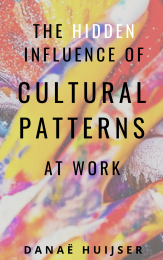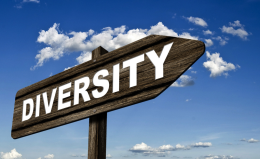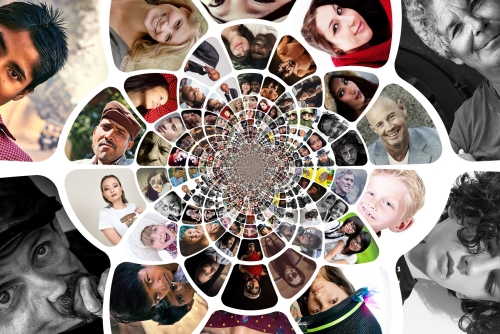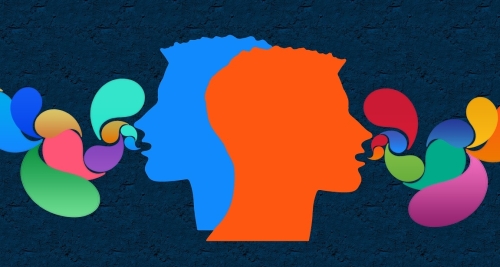The hidden influence of Cultural Patterns at work
Managers across the globe are taught almost exclusively Western management theories in business schools. Yet people living and working in the USA and Northwestern Europe are not representative of the global population. Henrich coined the acronym WEIRD to describe such people, as they live in wealthy, educated, industrialized, rich and democratic countries. He warns that although many WEIRD people tend to think they represent a global standard, they do not. There are important cultural differences influencing how people act, think and perceive. These cultural differences also exist between WEIRD countries, but are specifically strong comparing WEIRD to non-weird (should we call them normal?) countries. This influences how people perceive concepts such as personality, motivation, trust, how they prefer to communicate, cooperate and lead.
Since culture is invisible, it is often ignored. With this book, I hope to contribute to making the influence of culture more visible, especially in the context of work.
The book is made available to all workshop participants or coaching clients who work with Caleidoscope Academy on increasing their intercultural effectiveness.
Are you curious too? I am happy to send you a copy.














